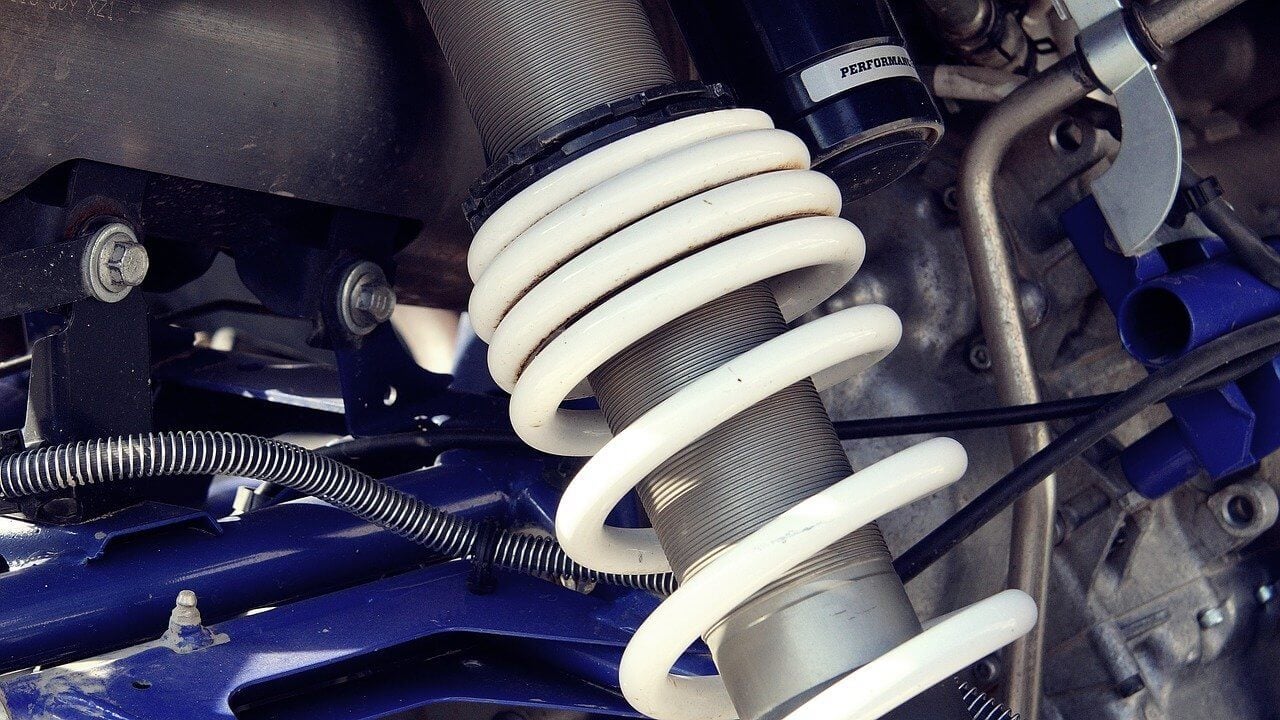An air suspension system was a perfectly good idea when it was one of the selling points on a brand new luxury automobile. A small army of electronic sensors works in harmony with a control module, onboard air compressor, and rubber air springs to soften the meanest of city streets and deliver an amazingly comfortable ride. But that great ride quality comes with a price, some of which is paid long after the manufacturer’s warranty has expired. In many cases, the vehicle’s unsuspecting second or third owners are left to discover the real pain of dealing with a worn-out factory air suspension system.
Computerized air suspension systems on modern luxury vehicles are complicated. That’s to be expected from something able to make hundreds of decisions within a fraction of a second. These systems are expensive to repair. Replacement of all of the necessary components at the dealer starts in the $2,500 area on the simple two-wheel systems and soars to over $10,000 on some vehicles with active suspension on all four wheels. Statistically speaking, all of these systems have a 100% failure rate, no matter the manufacturer or brand. If you own a vehicle equipped with this type of system, it’s not IF it will cost you money but WHEN and HOW much. You’ll know when it happens. Some vehicles drop a few inches, while others are rendered practically undrivable.
What Causes Air Suspension Systems to Fail?
 Age, extreme heat or cold, and normal wear and tear cause tiny, sometimes microscopic holes in the rubber air springs. They slowly seep or leak air from the system. Eventually, your onboard air compressor can’t keep up. Imagine opening all of your refrigerator doors right before you walk out the front door and leave for a week’s vacation. Eventually, that refrigerator compressor gets overworked and overheated and gives up the ghost. That’s exactly what happens to your vehicle’s air suspension compressor. It can no longer make enough air to keep the system pumped up. Even though you may still hear the little compressor running, it can no longer keep the vehicle at its proper ride height. The compressor is dead, and if you’re not careful, your wallet will be, too. This tiny compressor is just one of many parts and electronic components destined to fail.
Age, extreme heat or cold, and normal wear and tear cause tiny, sometimes microscopic holes in the rubber air springs. They slowly seep or leak air from the system. Eventually, your onboard air compressor can’t keep up. Imagine opening all of your refrigerator doors right before you walk out the front door and leave for a week’s vacation. Eventually, that refrigerator compressor gets overworked and overheated and gives up the ghost. That’s exactly what happens to your vehicle’s air suspension compressor. It can no longer make enough air to keep the system pumped up. Even though you may still hear the little compressor running, it can no longer keep the vehicle at its proper ride height. The compressor is dead, and if you’re not careful, your wallet will be, too. This tiny compressor is just one of many parts and electronic components destined to fail.
So What Are Your Choices?
Option 1: You can get rid of the vehicle. Don’t expect to get nearly as much now that your dream ride has turned itself into a low-rider. Check your budget carefully to determine if you can really afford to take on another monthly vehicle payment. Unless the vehicle needs other major repairs, this may not be your best option.
Option 2: You can attempt to repair the air suspension system. Be wary of any technician who promises a quick and easy fix. The repair shop is the only winner if you have to systematically work your way around the vehicle, replacing parts and gadgets at an average of several hundred dollars per visit. Keep in mind that the cheaper aftermarket parts aren’t as good as the original equipment. How valuable is your time? Do you want to deal with multiple trips to the repair shop?
Option 3: You can install a suspension conversion system, which replaces the failing rubber and plastic air springs with durable steel coil springs. This is a permanent solution that costs about 20% of the price of a complete repair or replacement with original equipment at the dealer. Since the conversion kit is a slight step back in ride quality, it’s important to use the best possible product.
Contact The Suspension Experts
Strutmasters was the first to market with a complete conversion kit in 1999, and they offer a solution to the suspension warning light on the majority of their products. As the cost of new luxury vehicles continues to soar, it’s more important than ever to consider all of your options carefully when a major repair lurks around the corner.
When it comes to an air suspension system, an unpleasant surprise is sure to come eventually. Have a question? Contact our expert suspension team online today!

